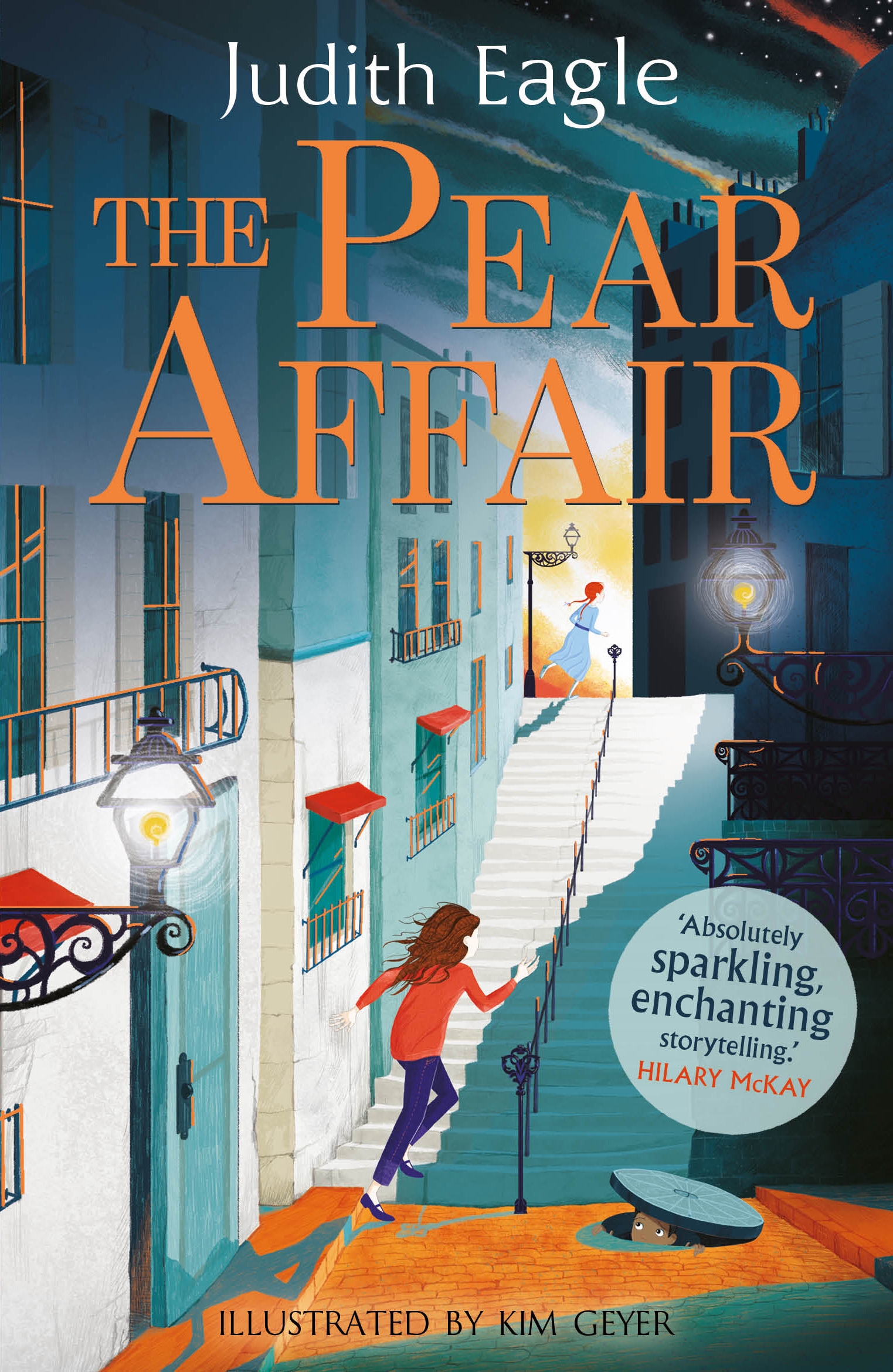As a ten year old, my first writing forays were inspired by Herr Grundeis, the villain in Erich Kastner’s 1929 novel Emil and the Detectives.

What was it about the man in the black bowler hat that so captured my imagination? Kastner describes him sparingly, giving us just a hint that there is something a little off kilter about him. ‘There was something queer about the man. One moment he was giving you chocolate, the next he was trying to make a fool of you with a lot of nonsense,’ muses Emil. The picture I had in my head of Grundeis was entwined with that of the sinister Mr Slugworth in the 1971 film Willy Wonka and the Chocolate Factory.
In addition to that, there was an invented predator who lurked invisibly and somewhat terrifyingly at the edge of our playground games. I wrote endless stories about this character and discovered that creating a good villain gave me a kind of power. All I had to do was say in an ominous voice to my younger-but-tougher sister ‘the man in the black bowler hat is outside your window…’ and I could reduce her to tears.
Literary Inspirations
The villains I read as a child have stayed with me and inform the way I write my own ne’er do wells. I was obsessed with stories about orphans, workhouses and wicked matrons, and in many of those books the promise of violence was very real. Terrible punishments were meted out to children who could find themselves locked in cupboards, beaten with hair brushes and tied to trees.
The Mordens - the dreadful couple in my first book The Secret Starling – were created with these sorts of villains in mind: characters such as Matron in Noel Streatfeild’s Thursday’s Child with her ‘sandy reddish hair and fierce red face,’ and Miss Slighcarp in Joan Aiken’s The Wolves of Willoughby Chase ‘an immensely tall, thin lady, clad from neck to toe in a travelling dress of swathed grey twill, with a stiff collar, dark glasses and dull green buttoned boots.’ Mr Morden, with his cheese grater voice, ‘all bone and paper-white, liver spotted skin,’ and Mrs Morden with the ‘palest blue eyes that Clara had ever seen, hard and flinty like tiny chips of ice,’ are indebted to the frightening characters that scared me as a child.
What makes your villain tick?
It is important to give villains a back story even if that story does not appear on the page. It helps to make them living, breathing beings, more complex and interesting than a cartoon baddie. Ask yourself what motivates them? And what motivates you? Why have you created this villain? To what purpose?
 With the Mayor in The Pear Affair I couldn’t help seeing Donald Trump in my mind’s eye. The piggy eyes, the weird comb over, the awful politics. The Mayor oozes violence; he is dangerous and unpredictable. But beyond the page, the Mayor is also the embodiment of a multitude of things that have contributed towards the confinement of our children over recent decades: stranger danger, traffic, a fear of the wild or feral child.
With the Mayor in The Pear Affair I couldn’t help seeing Donald Trump in my mind’s eye. The piggy eyes, the weird comb over, the awful politics. The Mayor oozes violence; he is dangerous and unpredictable. But beyond the page, the Mayor is also the embodiment of a multitude of things that have contributed towards the confinement of our children over recent decades: stranger danger, traffic, a fear of the wild or feral child.
The two other villains in The Pear Affair are the parents, Melinda and Gerald Magnificent. This dastardly pair represent the very worst of consumer culture, deifying money and possessions over everything else. Gerald is a whizz at juggling, ‘a trick he practiced frequently, not to entertain his daughter, but to impress his suppliers’. Melinda has named Penelope (aka Nell) after her favourite handbag, but is more attached to the bag than she is to her daughter, who she cruelly describes as ‘unwanted baggage.’ The Magnificents are outrageous in their awfulness. They loom large and teeter on the very edge of being cartoonesque.
Now you see them, now you don’t!
Sometimes the best of villains hide behind a carefully constructed cloak of geniality. This is the case with Stella Jones in The Secret Starling. She is glamorous and interesting, serves up nice food and lets Clara and Peter have the run of the house. When she is transformed at the end of the book and turns out to be a villainess of the highest order, it is truly shocking. It is a balancing act to keep both the reader and the characters guessing. The writers job is to reveal only tiny slivers of mistrust so that a character’s true colours are not given away until the last minute.
Conversely, Uncle in The Secret Starling, is portrayed as a baddie from the start. He is described as cold-hearted and uncaring; he never has a kind word for Clara and is the very worst sort of guardian. All through the book he is very definitely someone to steer clear of, and yet at the end, we find out he is not that bad after all, but weak. He has made bad choices and been swept up in the machinations of a far more evil character.
As Kastner writes of Herr Grundeis in Emil and the Detectives ‘It’s good to believe the best of people until you have reason not to, but I advise you to be rather careful in this case. Better to be safe than sorry. Even a person who seems to be all right may turn out all wrong if temptation comes his way.’
Judith Eagle’s career thus far has included stints as a stylist, fashion editor and features writer. She now spends her mornings writing and her afternoons working in a secondary school library. Judith lives with her family and her cat Stockwell in South London. Her first publication was The Secret Starling. The Pear Affair is available to buy here.
Comments